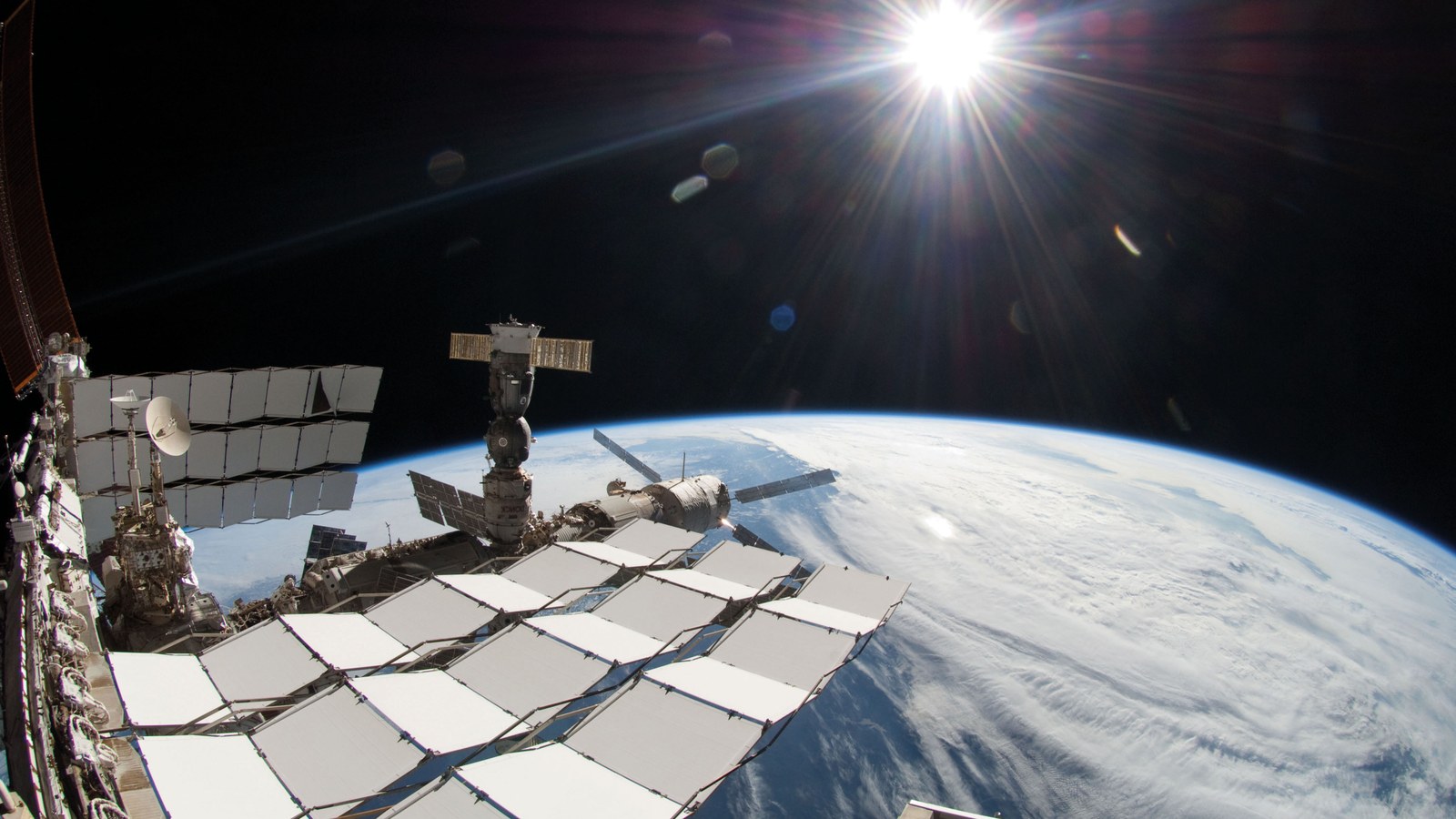BioSigN

The main objectives of BioSigN (BioSignatures and habitable Niches) are to support future planetary exploration missions to Mars, Enceladus, Europa or Titan by a set of science experiments to be performed on the ISS. To maximise the scientific output, these space-operated experiments will be connected to the results obtained from recent and up-coming planetary analogue field studies and planetary simulation facilities.
The BioSigN project is designed to achieve three central objectives: 1) to analyse the extent to which selected organisms and (micro-)fossils from planetary/Mars-analogue field sites can survive/endure the conditions of space exposure (referring to the design and the results of precursor experiments such as LIFE and BIOMEX); 2) to analyse a new set of Mars- and icy moon-relevant biomolecules regarding their stability as well as their products and mechanisms of degradation and 3) to evaluate by the obtained results the habitability of present and past Mars as well as that of the icy moons.
Given the special emphasis upon Mars-like and icy-moon-like environments, the results are expected to provide a deeper knowledge of the habitability of specific micro-climatic niches on other planets like Mars or within icy planetary bodies. Furthermore, these results will significantly enlarge our knowledge of niches on other planets, which might form habitats even under extreme conditions or might preserve biomolecules by protecting them from harmful environmental conditions such as UV radiation, ionising radiation, low atmospheric pressure to vacuum, total desiccation and extreme temperature regimes. Additionally, studying the stability of biomolecules will help answer the important question: what are suitable and promising biosignatures to focus on in the search for life? In particular whether such biosignatures would be preserved and detectable after extended periods of time under the conditions of Mars, Enceladus, Europa or Titan and other planetary environments.
Finally, as was shown for the previous BIOMEX space experiment, the preparation, characterisation, and analyses of such samples give us a unique opportunity to train instruments and protocols for future returned samples from Mars or the icy moons.
Scientific Participation of the DLR Institute of Planetary Research
- Raman-/IR-Detections-Analysis
- Mars-/icy moon-simulation
- Building a biosignature data base
Further DLR Participation
- Institut für Luft- und Raumfahrtmedizin
- Institut für Optische Sensorsysteme
- Raumflugbetrieb und Astronautentraining: Microgravity User Support Center
